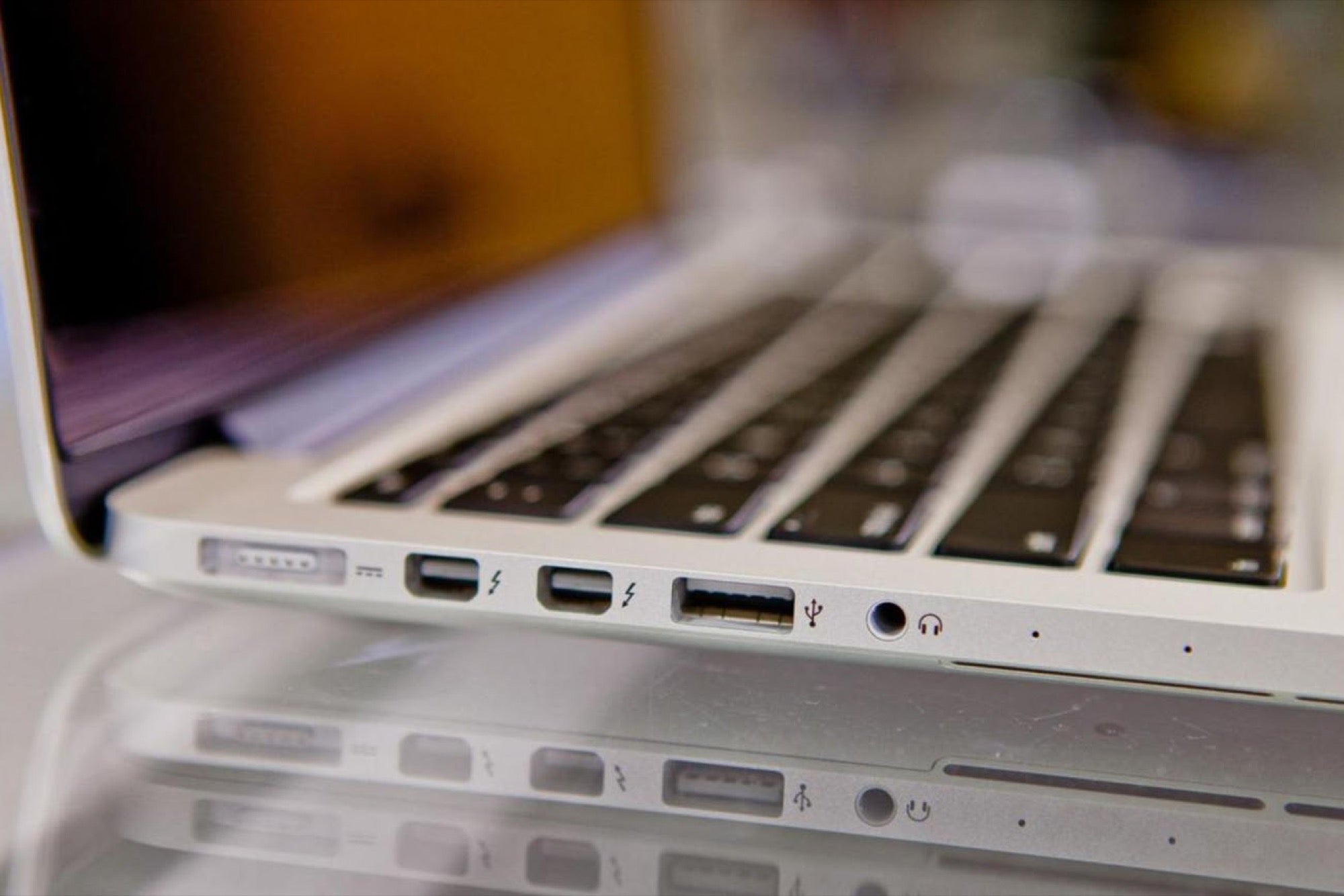
You may be wondering: why does Apple use these symbols in the operating system, and not on the physical keyboard? The answer: they used to put these symbols on keyboards everywhere, and still do in many parts of the world. What Aren’t These Stupid Symbols on my Keyboard? If you learn these symbols, you should be able to figure out basically any keyboard shortcut pointed out in the menu bar, or anywhere else online.
#SECRET KEYS ON MAC KEYBOARD WINDOWS#


If you’re trying to learn Mac keyboard shortcuts, this is a problem, so here’s a quick reference. But what’s the difference between “⌃” and “⇧,” both basically up arrows? And what the heck is “⌥” supposed to be? You might know that “⌘” corresponds to the Command key, since it actually appears on the keyboard key. If you're using Boot Camp to start up from Microsoft Windows, set Startup Disk preferences to start up from macOS instead. Then shut down or restart and try again.What the Arrow, Squiggly, and Other Symbols Mean.If you're using a keyboard made for a PC, such as a keyboard with a Windows logo, try a keyboard made for Mac. Or use your built-in keyboard or a wired keyboard. If you're using a wireless keyboard, plug it into your Mac, if possible.Some keyboards have a light that flashes briefly at startup, indicating that the keyboard is recognized and ready for use. You might need to wait a few seconds before pressing the keys, to give your Mac more time to recognize the keyboard as it starts up. Then press and hold the keys as your Mac starts up. Then press the power button to turn on your Mac. Press and hold all keys in the combination together, not one at a time.If a key combination doesn't work at startup, one of these solutions might help: Eject (⏏) or F12 or mouse button or trackpad button: Eject removable media, such as an optical disc. Disabled when using a firmware password.Command-V: Start up in verbose mode. Disabled when using a firmware password.T: Start up in target disk mode. Disabled when using a firmware password.Disabled in macOS Mojave or later, or when using a firmware password. Command-S: Start up in single-user mode.To use the default boot image on the server, press and hold Option-N instead. Disabled when using a firmware password. N: Start up from a NetBoot server, if your Mac supports network startup volumes.Or use Option-D to start up to this utility over the internet. Disabled when using a firmware password. D: Start up to the Apple Diagnostics utility.

If your Mac is using a firmware password, it ignores this key combination or starts up from macOS Recovery.

Option-Command-P-R: Reset NVRAM or PRAM.If your Mac is using a firmware password, you're prompted to enter the password. Option (⌥) or Alt: Start up to Startup Manager, which allows you to choose other available startup disks or volumes.macOS Recovery installs different versions of macOS, depending on the key combination you use. If your Mac is using a firmware password, you're prompted to enter the password. Or use Option-Command-R or Shift-Option-Command-R to start up from macOS Recovery over the internet. Command (⌘)-R: Start up from the built-in macOS Recovery system.Keep holding until the described behavior occurs. To use any of these key combinations, press and hold the keys immediately after pressing the power button to turn on your Mac, or after your Mac begins to restart.


 0 kommentar(er)
0 kommentar(er)
